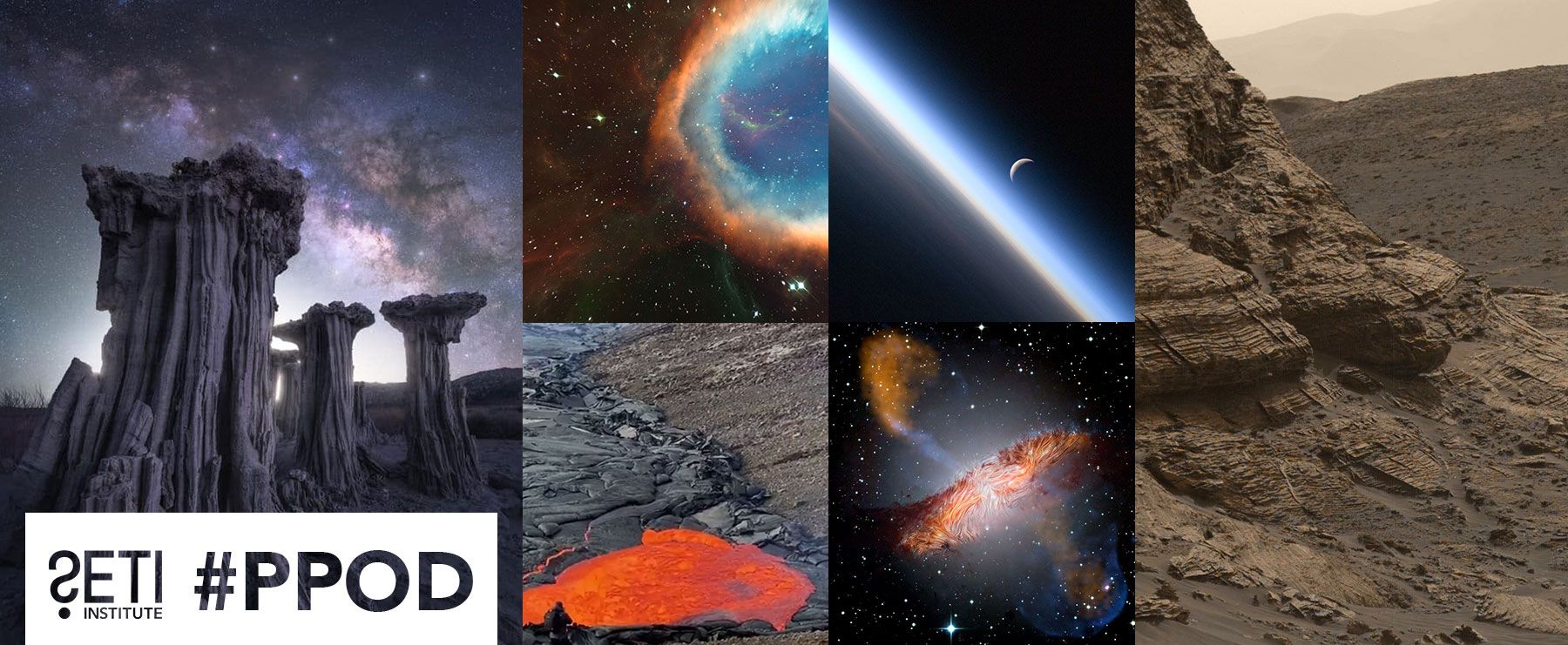
Planetary Picture of the Day
Week of April 12, 2021
Welcome to our weekly recap of our Planetary Picture of the Day (PPOD)! We hope you’ll be inspired!
Monday, April 12, 2021
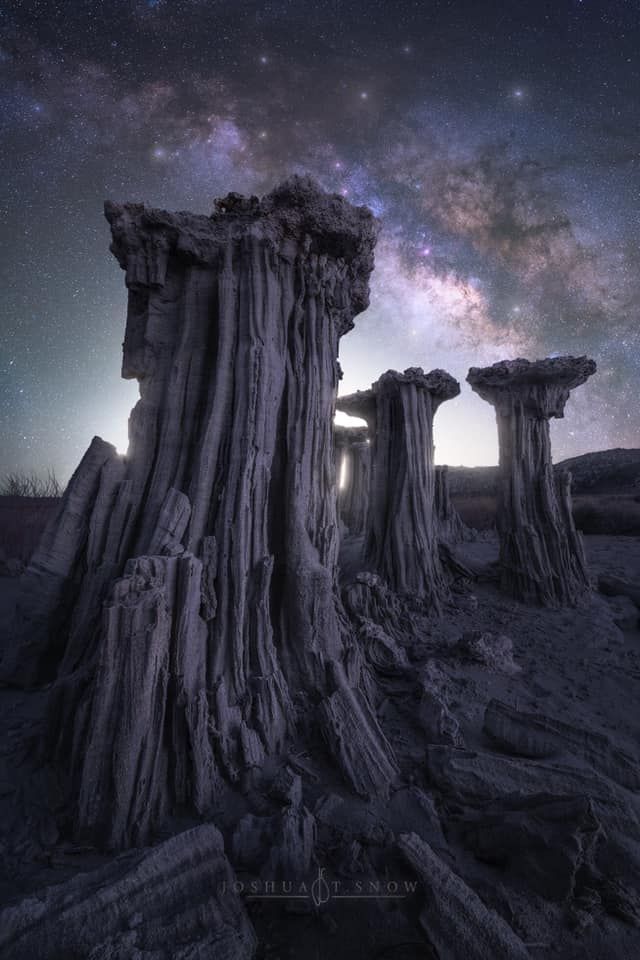
Somewhere under the Milky Way...
Tuesday, April 13, 2021
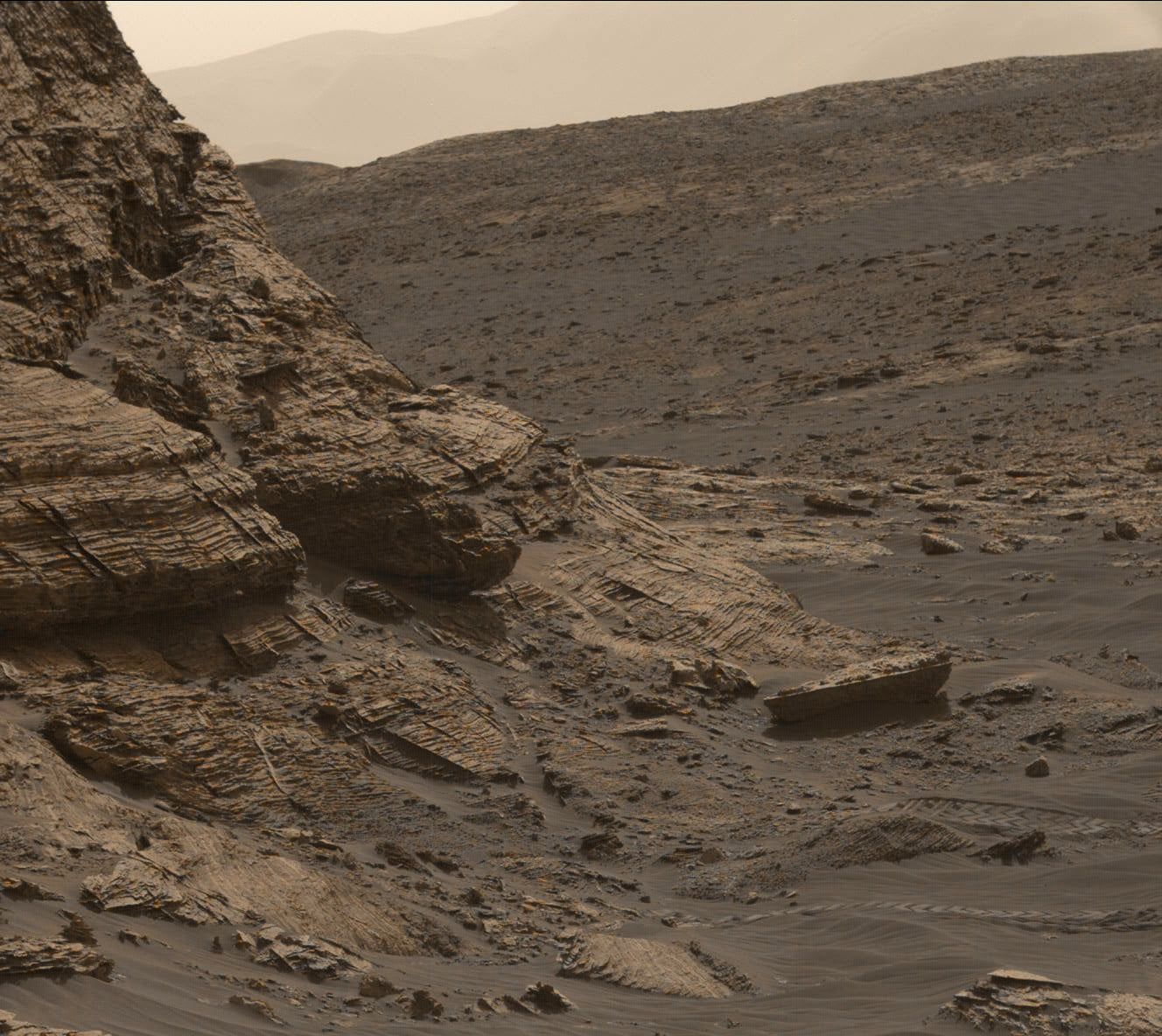
Of Martian Horizons
Curiosity drove about 12 meters to the east side of the Mont Nontron cliff face during Sol 3074. From this location the team were able to image the cliff at a different viewing geometry under alternate illumination conditions; this helps the geology team to properly map the observed structures and properties of the sedimentary rocks. Attached are the first science images to arrive on Earth; many more will follow, but these will act as a preview of what will come in the days ahead. These three overlapping images have been Bayer-reconstructed and assembled into a small mosaic that features the base of the cliff.
Wednesday, April 14, 2021
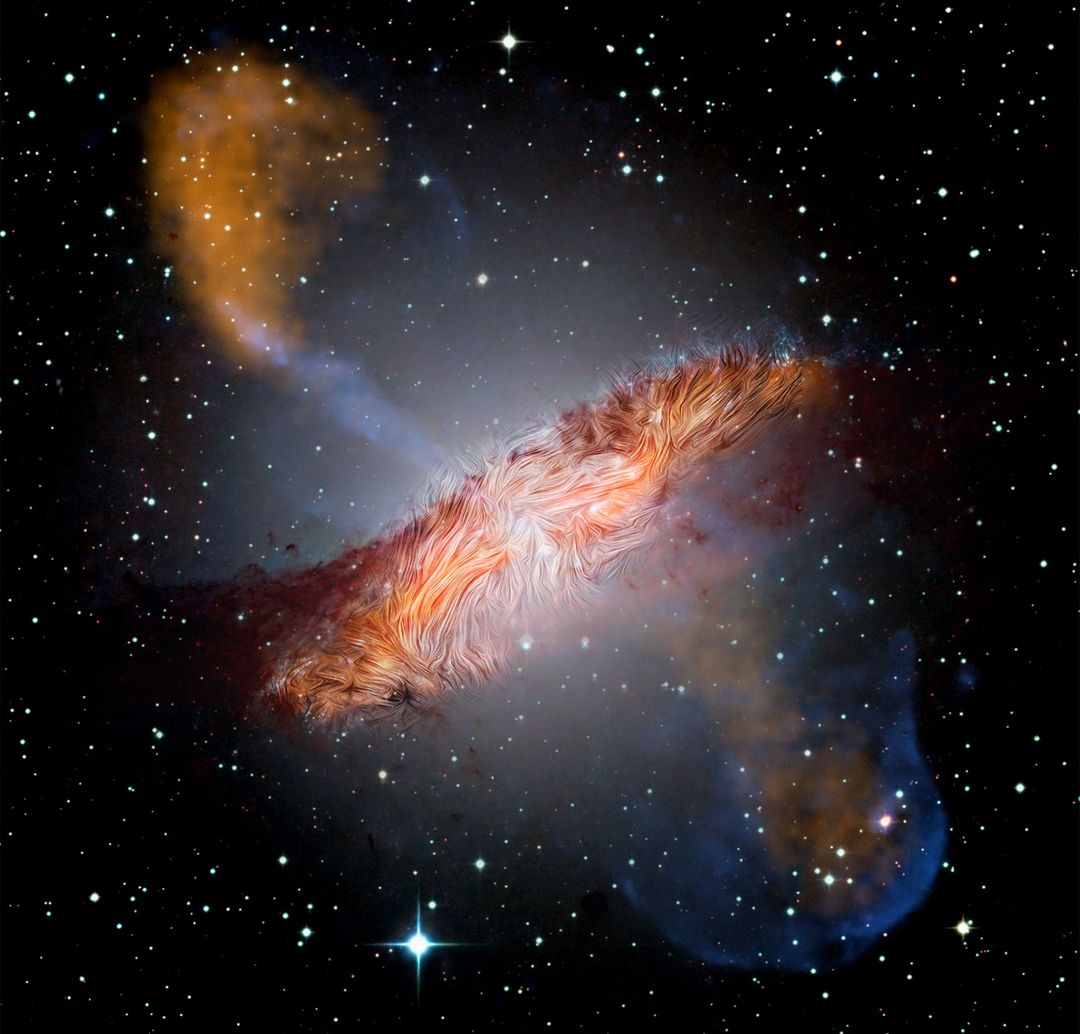
Centaurus A's Warped Magnetic Fields
One of the brightest galaxies in the night sky, Centaurus A, is well known for its distinct “S” shape. This shape is believed to be the result of a clash between a spiral and an elliptical galaxy about 100 million years ago.
Now, for the first time, scientists have mapped out the invisible magnetic fields pulsing through Centaurus A using infrared light. The results show how the merging of the two original galaxies created a new, reshaped, and contorted galaxy that not only combined the two galaxies’ magnetic fields but amplified their forces.
The large-scale magnetic fields, across 1,600 light-years, are parallel to the dust lanes seen in visible light and other wavelengths. However, the fields appear twisted and distorted near the middle. The twisting is a remnant of the spiral-shaped magnetic field from one of the original galaxies, while the active, supermassive black hole at its core adds to the distortions.
Bonus:
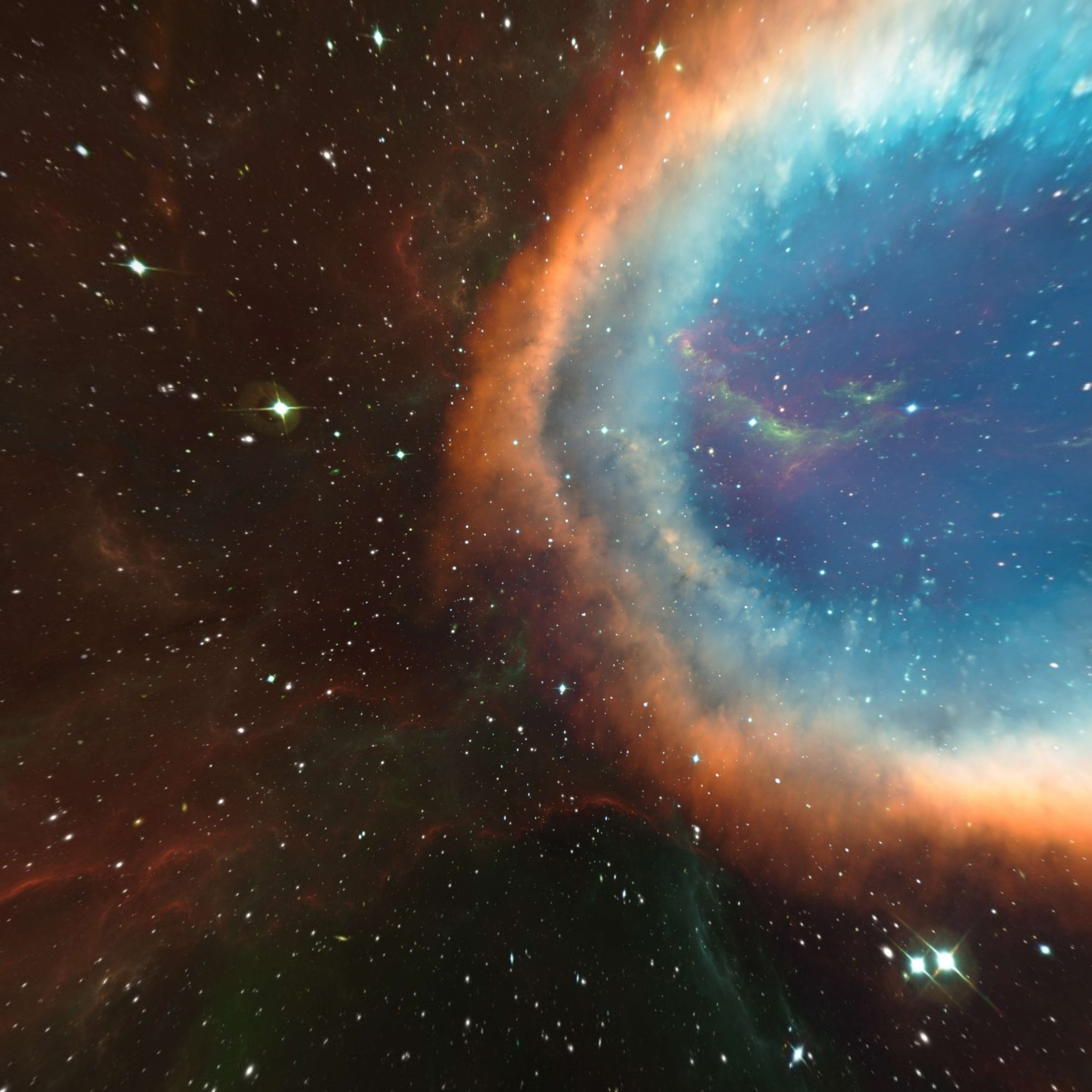
The Helix Nebula, NGC 7293, lies about 700 light-years away in the constellation of Aquarius (the Water Bearer). It is one of the closest and most spectacular examples of a planetary nebula. These exotic objects have nothing to do with planets but are the final blooming of Sun-like stars before their retirement as white dwarfs. Shells of gas are blown off from a star’s surface, often in intricate and beautiful patterns, and shine under the harsh ultraviolet radiation from the faint, but very hot, central star. The main ring of the Helix Nebula is about two light-years across or half the distance between the Sun and its closest stellar neighbor.
Despite being photographically very spectacular the Helix is hard to see visually as its light is thinly spread over a large area of sky and the history of its discovery is rather obscure. It first appears in a list of new objects compiled by the German astronomer Karl Ludwig Harding in 1824. The name Helix comes from the rough corkscrew shape seen in the earlier photographs.
Thursday, April 15, 2021
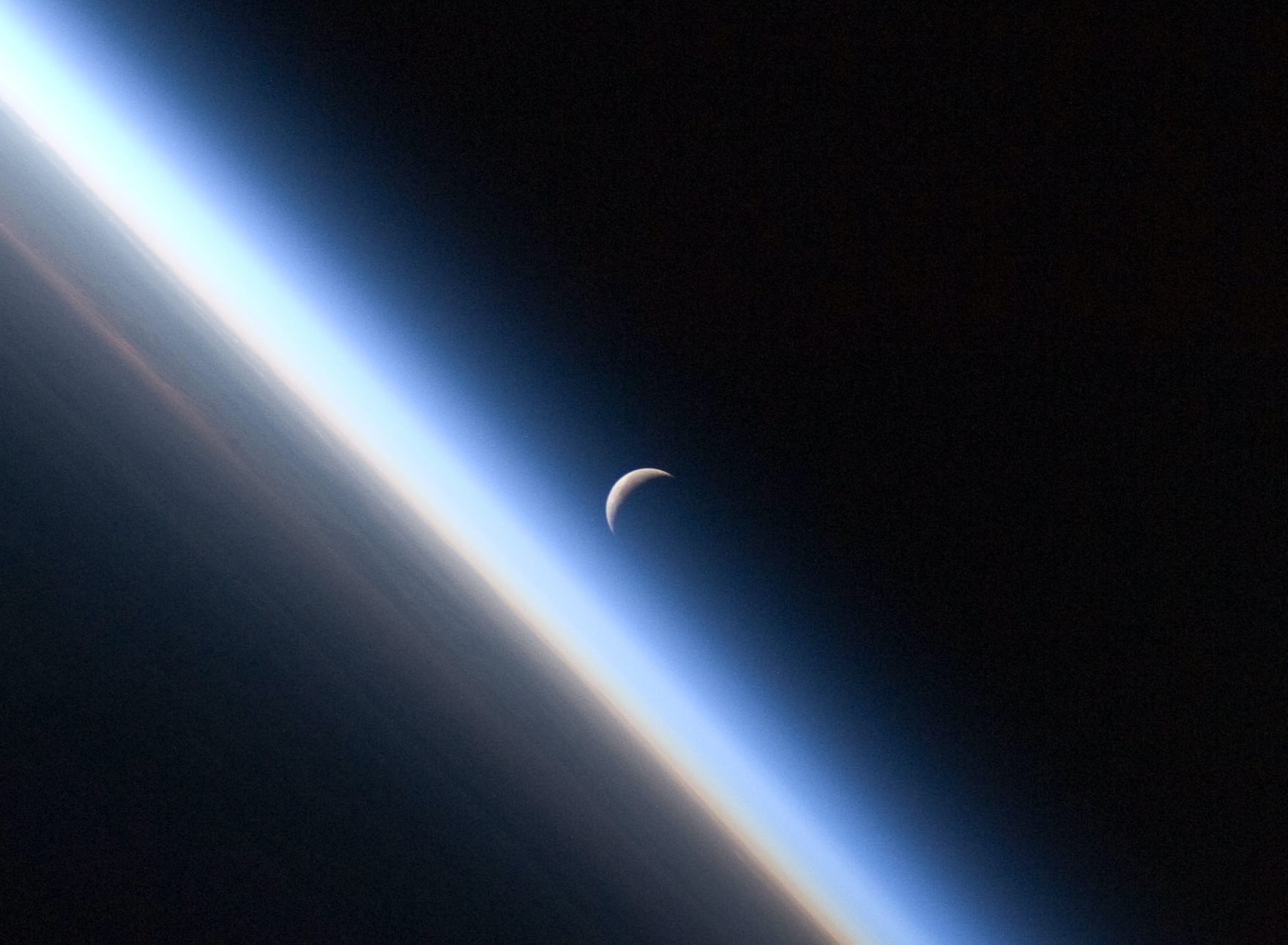
Crescent Moon as seen from ISS
“A setting last quarter crescent moon and the thin line of Earth’s atmosphere are photographed by an Expedition 24 crew member as the International Space Station passes over central Asia.”
See the full size image here (you can download it too): https://buff.ly/3wVvzQc
Gateway to Astronaut Photography of Earth.
Friday, April 16, 2021
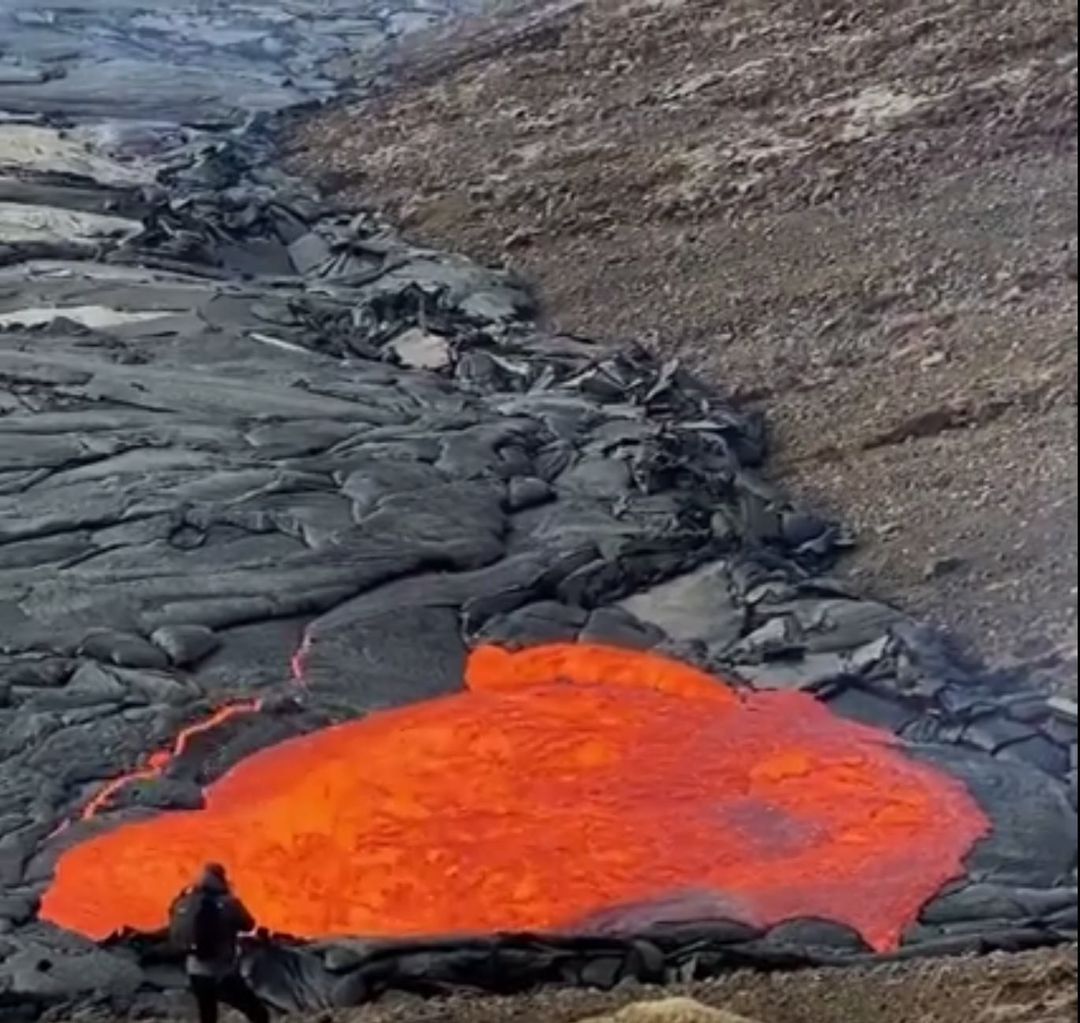
Mother Nature making new land in spectacular ways in Iceland!





